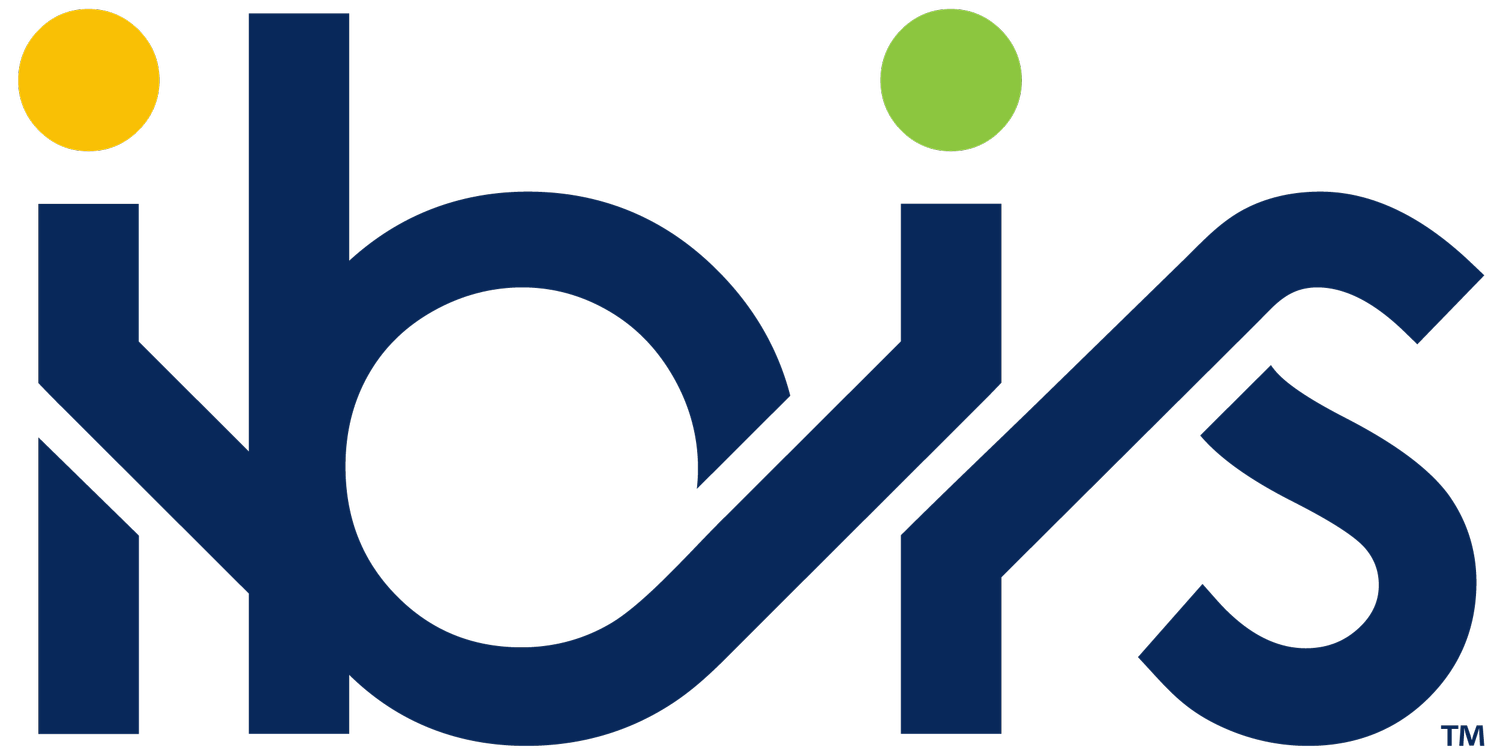How to Create a Successful DEI Learner Journey in 5 Steps
What’s the best way to focus on DEI awareness and education?
That question led to exciting answers during last month's memorable Conference Board session, when we partnered with a valued IBIS client since 2021, Edgewell Personal Care.
Edgewell is a company specializing in personal care that employs more than 6,500 people around the world. Headquartered in Connecticut, the company has an expansive global reach across 50 countries that serve as markets for more than 25 household brands, such as Schick, Stayfree, Hawaiian Tropic, and Wet Ones.
Karen Anderson, the Director of Diversity, Equity and Inclusion (DEI) at Edgewell since 2021, left an impression on the audience when she shared her approach to building core DEI values into a workplace culture.
She included the following five factors in the Edgewell DEI learner journey:
1. Don't Rush the Learning Process
“You can’t shortchange a learner experience.”
When she began work on building the DEI values at Edgewell, Karen made it a point to not rush the learning process. She recognized that big, complex topics – like unconscious bias – take time to fully absorb. It also helps to have different ways of accessing the information.
Karen made sure that Edgewell's DEI learner journey had multiple touchpoints, including:
Key stakeholder interviews to better understand the challenges from a leadership perspective;
Executive Listening Sessions to understand the lived experiences of employees;
A Fireside Chat with the CEO to showcase their commitment to DEI;
Unconscious Bias Training in the U.S. to build on the momentum;
HR as Strategic Diversity Partners to help people managers understand their role as allies and advocates;
and a Global Unconscious Bias Train-the-Trainer to ensure a common language throughout organization that equips them to be able to discuss diversity opportunities and challenges.
This range of experiences and modalities allowed learners the time and space to develop self-awareness, grow, learn and apply the important lessons of DEI.
2. Start with Listening
Leaders often start with training on foundational topics, which is one way to establish a common language across an organization.
At Edgewell, Karen chose to start instead with Executive Listening Sessions. When she gave employees time to share their own thoughts and to be inquisitive, she created an atmosphere ripe for learning. The Executive Listening Sessions gave employees a greater appreciation for teammates' lived experiences and helped create a stronger sense of belonging.
The CEO followed these sessions with a Fireside Chat on DEI and Unconscious Bias. Being reflective and honest helped ground both the leaders and the employees in the primary work of DEI – looking inward and being authentic about the self.
3. Training is Most Effective When Built on Real-Life Stories
Karen only introduced training after taking those important first steps of listening and reflecting. That meant that learners were primed to adopt new terms and ready to grow and learn.
With expert facilitators delivering training from IBIS in a workforce that was ready to be gain education on DEI, Edgewell team members were able to make every lesson count.
4. Think Big-Picture and Long-Term
Even with a thoughtful employee base increasingly educated about DEI, Karen wasn’t done. She was thinking of all the people who had yet to join the company, and those around the globe who still hadn’t been reached by the training.
As a leader, Karen knew she needed to create capacity within the organization to keep the learning happening, so she created a robust train-the-trainer program that included a global approach.
5. Focus on Human Resources
After focusing on DEI through careful listening, dialogue, education and long-term thinking to make the educational model sustainable…she could have stopped. Edgewell had come a long way, and the culture was changing to support improved DEI goals.
But there was still another dimension to consider. Every company has certain groups that have more power to either change the culture—or to keep the status quo in place.
Karen chose to focus on Human Resources. She introduced the training “HR as a Strategic Business Partner” for the Human Resources group, and positioned the specialized training for maximum impact. Taking this important step empowered the HR group to be true champions for lasting change.
An Approach with Staying Power
Edgewell had, well, an edge—with leadership support. Not every organization has that advantage. But every organization can choose to treat DEI education as a thoughtful, intentional, and multi-layered experience.
The Interactive Theater format that Edgewell chose to use for training allowed learners to be fully engaged as they identified with, challenged and engaged the actors.
In Interactive Theater, employees explore racism and bias by watching true-to-life scenarios connected to their own workplace, such as meetings, interviews, and career-development conversations, portrayed by professional actors who stay in character after each scene to answer questions. A facilitator helps support lasting, meaningful dialogue between the characters and audience members. Learn more about Interactive Theater here.
"I was incredibly impressed with how effective the modality was," Karen told the audience. "Seeing that real-life scenario was incredibly helpful, and it helped employees have the opportunity to be uncomfortable and safe at the same time."
The result was an approach with the power to make learning stick and increase the impact of each learner journey.
Can IBIS help you design your Learner Journey for maximum impact? Are you looking to have thoughtful education embedded in your organization?
Let our inspired solutions help you meet the DEI goals of your organization. Contact us today to learn more.
